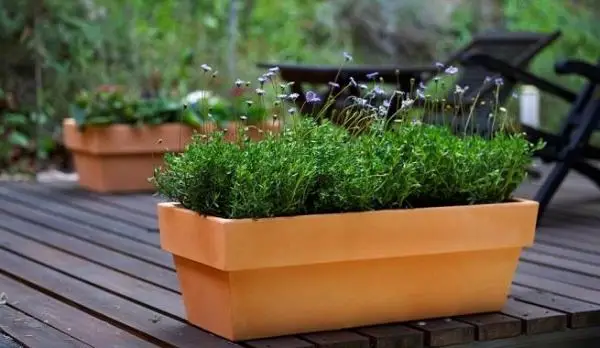Sometimes, when watering a plant, the water can be puddled in the upper part of the earth, something that usually happens because the substrate cannot evacuate the excess water. In these cases, the roots suffocate in standing water, so they can rot. So that this does not happen, it is important to facilitate the drainage of the water.
One of the biggest problems that can arise when planting in pots is a lack of drainage. So that this does not happen, the drainage system that you have in the pots can be improved. We explain how below.
Clog-free orifices
The most important thing is that the holes in the base of the container are kept clear of obstruction. These should be covered with a piece of cloth or wire or with a fragment of a clay pot to avoid a loss of soil.
Of course, it is important to know that any type of pot that has the holes in the base needs a plate underneath to avoid dirt and other surfaces getting wet. Of course, they should be emptied often to prevent the plants from rotting.

The substrate
In addition to not clogging the holes in the pots, it is important to choose a good substrate , a mixture of organic matter, perlite, humus, manure, black soil and river sand, ideal for increasing drainage in pots.
Pine bark
Another way to get good drainage in pots is to use pine bark on the bottom, as they are light and feed the plant as it decomposes. The use of gravel, clay balls with pieces of edges or broken stones or some other similar material in the bottom of the pot can also help drainage.
Flooded plants
If the plant is flooded, it is necessary to make small holes in the top layer of the earth to hollow it out and reabsorb the water. In plants that support waterlogging especially badly, it is best to put them up high.
